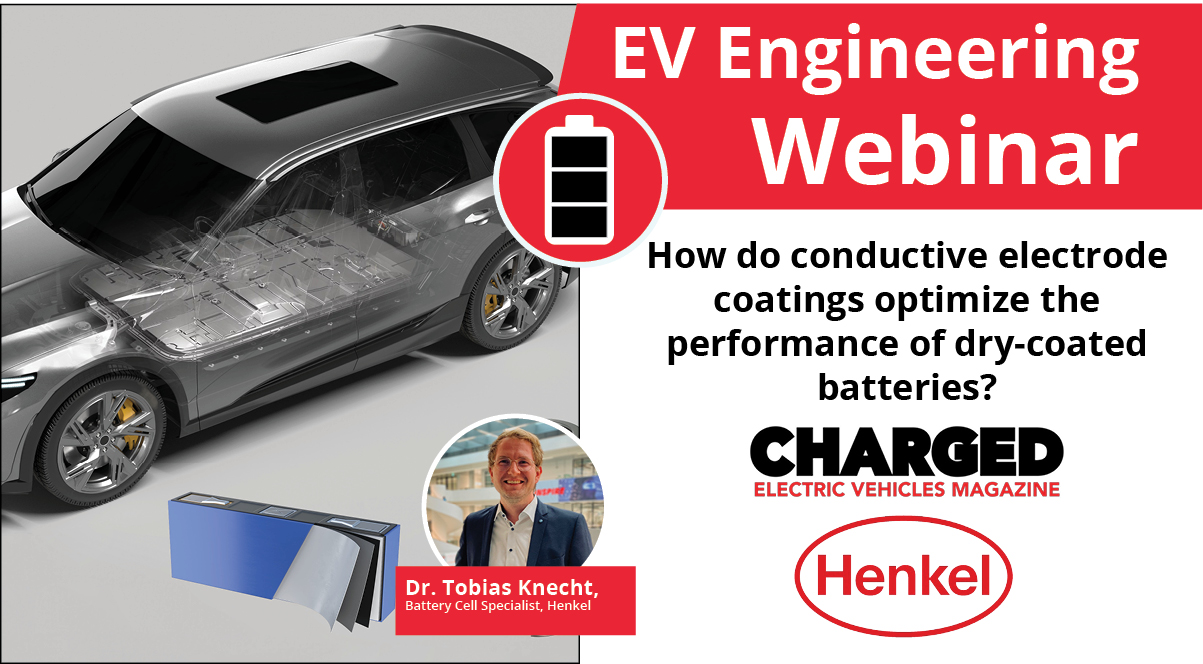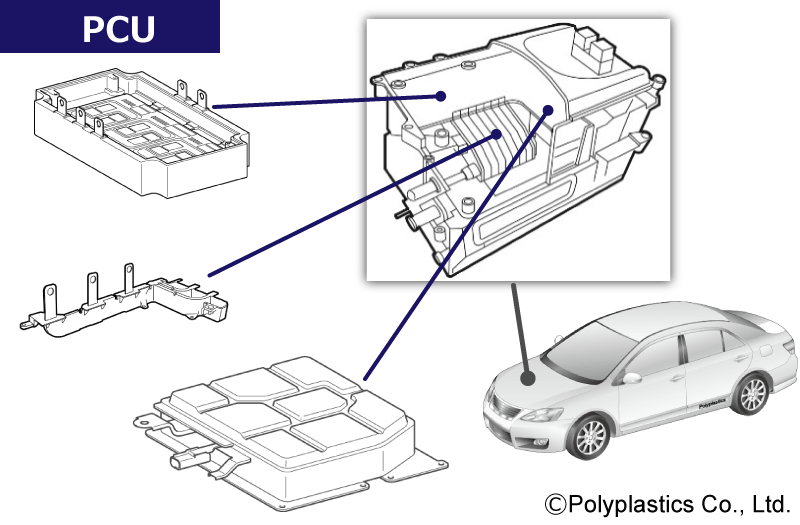E-mobility tech provider ENNOVI has introduced a new approach to cell contacting system (CCS) lamination. ENNOVI says it has qualified polyethylene terephthalate (PET) insulation foils and adhesives from multiple suppliers by testing them for their bond strength, durability and environmental impact, and has compiled a database of recommendations for the most effective material combinations.
Historically, the assembly of the CCS on battery cells has used molded plastic trays or foams for positioning the cells and collectors. As ENNOVI explains, these methods introduce unnecessary weight and complexity, especially as module sizes increase, so the company has pioneered the use of both hot and cold lamination processes, eliminating the need for trays or foams.
“Our move towards lamination signifies a major leap in our ability to position collectors with precision, without the mechanical constraints imposed by conventional methods,” says Till Wagner, Product Manager for Energy Systems at ENNOVI. “By curating a database of pre-tested PET foils and adhesives, we not only accelerate CCS design but also simplify the assembly process, opening up new possibilities for material and energy savings.”
ENNOVI focuses on methods that reduce or eliminate the need for glue, addressing concerns over longevity, environmental impact and manufacturing efficiency. “Our goal is to move beyond traditional adhesives, leveraging cutting-edge techniques to achieve a stronger, more sustainable bond,” says Wagner.
Source: ENNOVI



